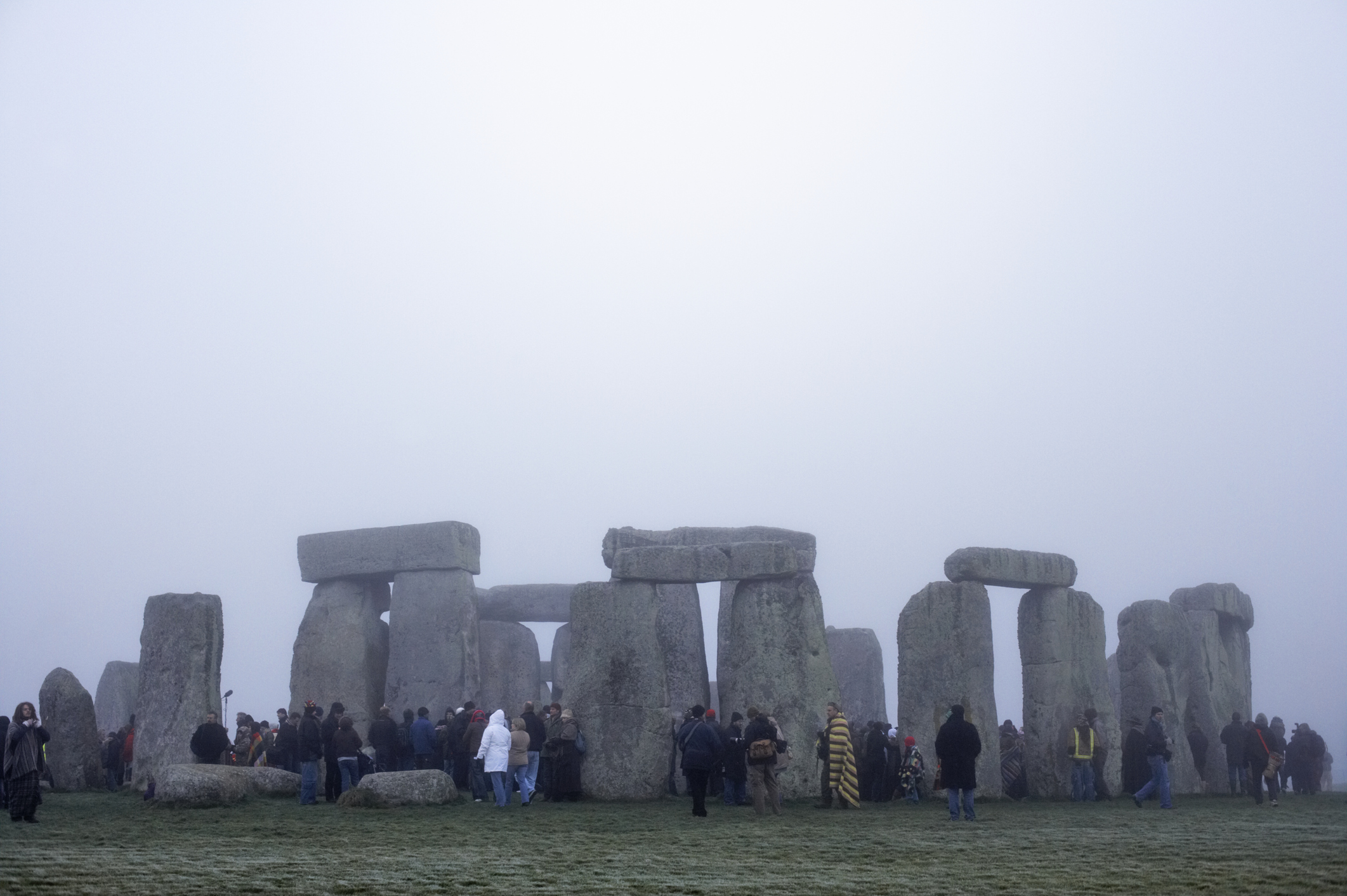
(SeaPRwire) – Thousands of solstice enthusiasts will engage in a range of rituals and activities to celebrate the winter solstice, otherwise known as the shortest day of the year in the Northern Hemisphere.
This year the solstice falls on Dec. 21 for the U.S. and Dec. 22 in Europe, marking the (astronomical) beginning of winter, although there are also meteorological seasons that mark winter as starting in early December through February.
The winter solstice is also the day in which the earth’s tilt away from the sun is at a maximum, making the lack of direct sunlight notable.
Fascination with the movement of the sun has led people to the construction of monuments like Stonehenge in England and Newgrange in Ireland, where today, thousands of people will flock to as the solstice arrives.
Here’s what to know.
What is the winter solstice?
Solstices happen twice a year, in June and December, as an official mark of the change in seasons. The winter solstice marks the day when the sun is , a line that is located at 23.5 degrees south of the equator and runs through countries like Chile and Australia, and is furthest away from the sun. The distance brings colder temperatures and less light.
On the day of this astronomical event, the sun is at its lowest elevation and stands in a position that does not vary for several days. That’s the reason for the , which combines the Latin words sol, for sun, with stit, from the word sistere—which means to stand still. The word solstice’s first known use was in the 14th century, .
While the Northern Hemisphere experiences the shortest day during the winter solstice, the Southern Hemisphere has their longest day of the year. People living north of the equator see daylight for less than 12 hours, .
After the winter solstice, days will get longer and nights will get shorter in the North until the summer solstice, which will arrive on Jun. 20, 2024.
When does the winter solstice happen?
The date and time of this astronomical event varies year-to-year, but typically occurs either on the 21st or 22nd of December. The 2023 winter solstice falls on Dec. 21 at 10:27 p.m. Eastern Time.
What traditions are celebrated across the world?
Ancient civilizations have long been fascinated by the movement of the sun, allowing cultures like that of the Maya to accurately track its movement and create complex and precise calendars. Others showed their interest by like Stonehenge in England and the Torreon in Peru as a way to track the sun’s annual progress.
Some of those centuries-old traditions remain today, as thousands of people travel to Stonehenge, which was built to align with the sun during the solstices, to watch the sunrise. The event is also English Heritage site.
Austrians celebrate the winter solstice by traveling to Hollabrunn to watch people dressed as Krampus—a half-demon, half-goat that during the Christmas season—playfully hit and terrorize onlookers.
Ang artikulo ay ibinigay ng third-party content provider. Walang garantiya o representasyon na ibinigay ng SeaPRwire (https://www.seaprwire.com/) kaugnay nito.
Mga Sektor: Pangunahing Isturya, Balita Araw-araw
Nagde-deliver ang SeaPRwire ng sirkulasyon ng pahayag sa presyo sa real-time para sa mga korporasyon at institusyon, na umabot sa higit sa 6,500 media stores, 86,000 editors at mamamahayag, at 3.5 milyong propesyunal na desktop sa 90 bansa. Sinusuportahan ng SeaPRwire ang pagpapamahagi ng pahayag sa presyo sa Ingles, Korean, Hapon, Arabic, Pinasimpleng Intsik, Tradisyunal na Intsik, Vietnamese, Thai, Indones, Malay, Aleman, Ruso, Pranses, Kastila, Portuges at iba pang mga wika.


